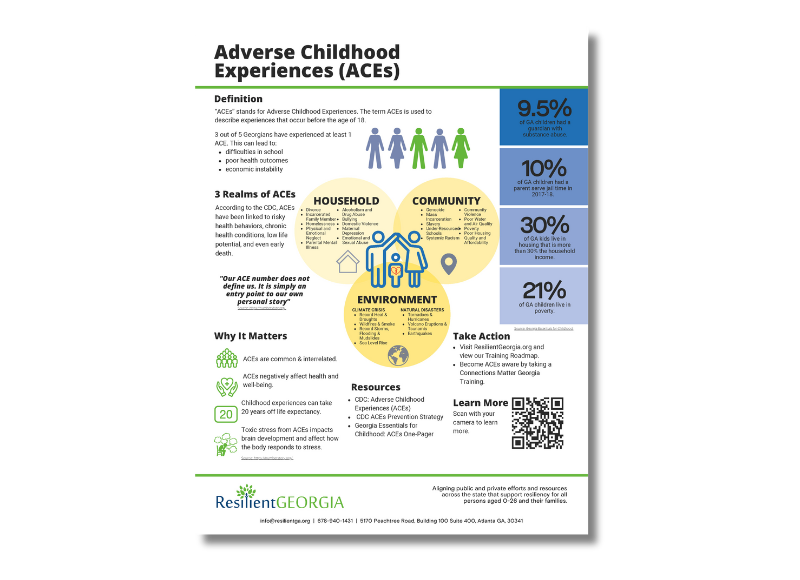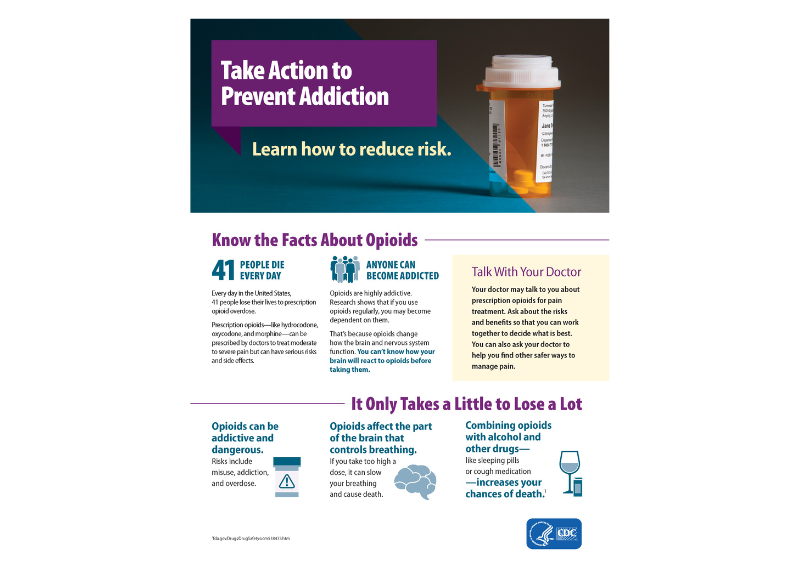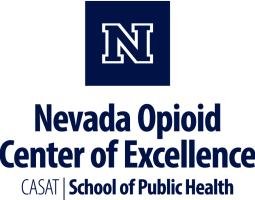
Prevention of opioid use disorder (OUD) involves proactive measures to reduce the risk of developing dependency on opioids. This includes educating individuals about the risks of opioid use, providing alternative pain management options, and promoting the safe use, storage, and disposal of prescription opioids. Effective prevention strategies can help individuals avoid the misuse of opioids, thereby reducing the incidence of OUD. Below, you will find a comprehensive list of resources dedicated to preventing opioid use disorder and supporting those at risk.
Prevention Resources
Websites
Substance Abuse and Mental Health Services Administration (SAMHSA)
SAMHSA offers a wealth of resources for practitioners, including treatment guidelines, training materials, and publications specific to opioid use disorder. Their website provides access to evidence-based practices, treatment guidelines, and clinical tools.
Prevention Technology Transfer Center (PTTC) Network
The Prevention Technology Transfer Center (PTTC) Network works to improve implementation and delivery of effective substance use prevention interventions, and provide training and technical assistance services to the substance misuse prevention field.
Preventing Opioid Use Disorder
This CDC resource provides a comprehensive overview of Opioid Use Disorder (OUD), including its definition, risk factors, and prevention strategies. It emphasizes the importance of proper prescription practices, monitoring programs, and patient education to reduce the risk of OUD. The guide also outlines various treatment options, including medication-assisted treatments and counseling, to support recovery and manage opioid addiction effectively.
NIH HEAL Initiative: Preventing Opioid Use Disorder
This resource highlights research efforts to prevent Opioid Use Disorder (OUD) by developing and implementing evidence-based interventions tailored to underserved populations. It focuses on addressing social determinants of health and systemic challenges while promoting scalable prevention strategies in various settings like the justice system and community health centers. Funded through the NIH HEAL Initiative, the program aims to improve health equity and reduce opioid misuse through targeted research and practical solutions.
Tools & Resources
12 Things Parents Can Do to Prevent Addiction
Community Opioid Overdose Reversal Medications (OORMs) Planning Toolkit
The toolkit provides guidance for community leaders, public health professionals, and other partners to create effective overdose prevention and response strategies to improve local overdose reduction outcomes.
Bringing Prevention Virtual
The resources below were created by the PTTC Network to assist prevention professionals as they transition to delivering services and programming from face-to-face to virtual settings. Select the title of a resource to be redirected to view or download that resource. Additional resources will be added to this page as they are developed by our Network.
Opioid Epidemic Response: Employer Toolkit
Substance use and substance use disorder affects employees, workplaces, families, and communities. Employers have the opportunity to identify early signs and symptoms of a substance use disorder, and help connect employees to treatment and recovery supports. This toolkit developed by the Minnesota Department of Health includes five steps to prevent and address substance use disorder within your workplace.
How to Become an Overdose Reversal Medication Distribution Site in Nevada
Request to become an Overdose Reversal Medication Distribution site.
Nevada Overdose Reversal Medication Finder
Find naloxone and overdose reversal medications in Nevada.
Tools for Overdose Prevention
To help public health practitioners prevent overdose, the National Council for Mental Wellbeing, in partnership with the Centers for Disease Control and Prevention, developed these resources and tools for overdose prevention.
PACT Coalition
The PACT Coalition seeks to empower Southern Nevada with the resources to prevent substance misuse for all ages and promote recovery through culturally competent advocacy, education, stigma reduction, support, and outreach. A diverse cross-section of community leadership is represented by the PACT Coalition that will work together to ensure a sustainable future and a healthier community. PACT Coalition keeps an updated resource list for Southern Nevada.
Join Together Northern Nevada
Join Together Northern Nevada (JTNN) is a coalition based in Northern Nevada whose mission is to create a healthy drug-free community by building successful partnerships to support prevention education and outreach. JTNN keeps an updated resource list for Washoe County students, staff, and families.
Adverse Childhood Experiences and the Role of Substance Misuse Prevention
This tool educates prevention professionals about Adverse Childhood Experiences (ACEs), including what ACEs are, their prevalence, their impact on substance use and other behavioral health outcomes, and how to integrate addressing them into existing prevention.
Posters & Infographics

ACEs, Resilience, Toxic Stress Concept Cards
A printable set of educational cards from Resilient Georgia covering ACEs, toxic stress, brain development, resilience, and trauma-informed care, with practical guidance for families and providers.
Download Resource

Prevent Addiction Fact Sheet
This face sheet contains information for patients about preventing opioid addiction.
Download the fact sheet.
Publications
Evidence-Based Strategies for Preventing Opioid Overdose: What’s Working in the United States
There are strategies that can assist community leaders, local and regional organizers, non-profit groups, law enforcement, public health, and members of the public in understanding and navigating effective ways to prevent opioid overdose in their communities. Use this information as a reference for evidence-based practices that have been successfully implemented in the U.S.
Growing Up Drug Free: A Parent’s Guide to Prevention
This guide offers parents the information they need to raise children who understand the risks of substance use. This guide includes an overview of substance use among children, youth, and young adults; descriptions of substances young people may use; a look at risk factors that may make children, youth, and young adults try alcohol, tobacco, or other drugs—and protective factors that help offset those risks; age-specific suggestions for how to talk to young people about alcohol, tobacco, and other drugs; and tips on what parents can do if they suspect their child is using alcohol, tobacco, or other drugs. The guide, “Growing Up Drug-Free: A Parent’s Guide to Prevention,” was funded by the U.S. Department of Justice, Drug Enforcement Administration and U.S. Department of Education, Office of Safe and Supportive Schools.
Overdose Prevention and Response Toolkit
This toolkit provides guidance to a wide range of individuals on preventing and responding to an overdose. The toolkit also emphasizes that harm reduction and access to treatment are essential aspects of overdose prevention.
Webinars & Online Learning
Current News & Research
Benzimidazole-Opioids (Nitazenes)
The DEA's report on benzimidazole-opioids (Nitazenes) highlights the rising abuse of synthetic opioids from this structural class, which have been linked to numerous toxicology cases and deaths since 2019. These substances, which act as mu-opioid receptor agonists, pose significant public health risks due to their potency and lack of medical use in the United States. Their presence in the illicit drug market underscores the ongoing opioid epidemic and the dangers of emerging synthetic drugs.
The role of healthcare professionals in opioid addiction prevention
Mayo Clinic. (2024, January 17). The role of healthcare professionals in opioid addiction prevention. Mayo Clinic. https://www.mayoclinic.org/Mayo Clinic. (2024, January 17). The role of healthcare professionals in opioid addiction prevention. Mayo Clinic. https://www.mayoclinic.org/
